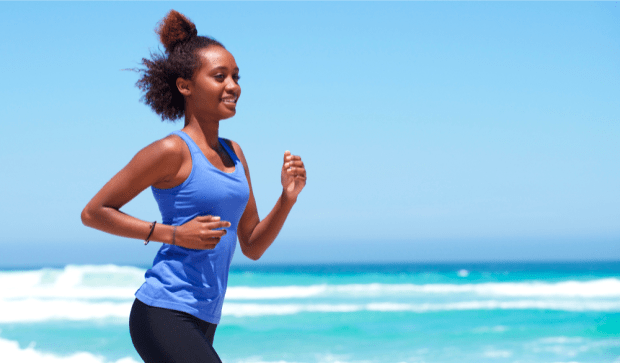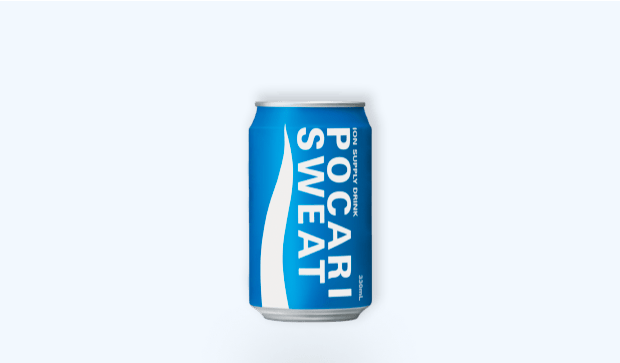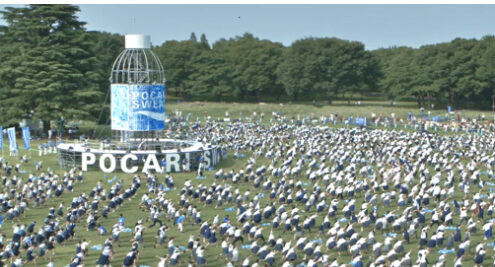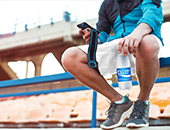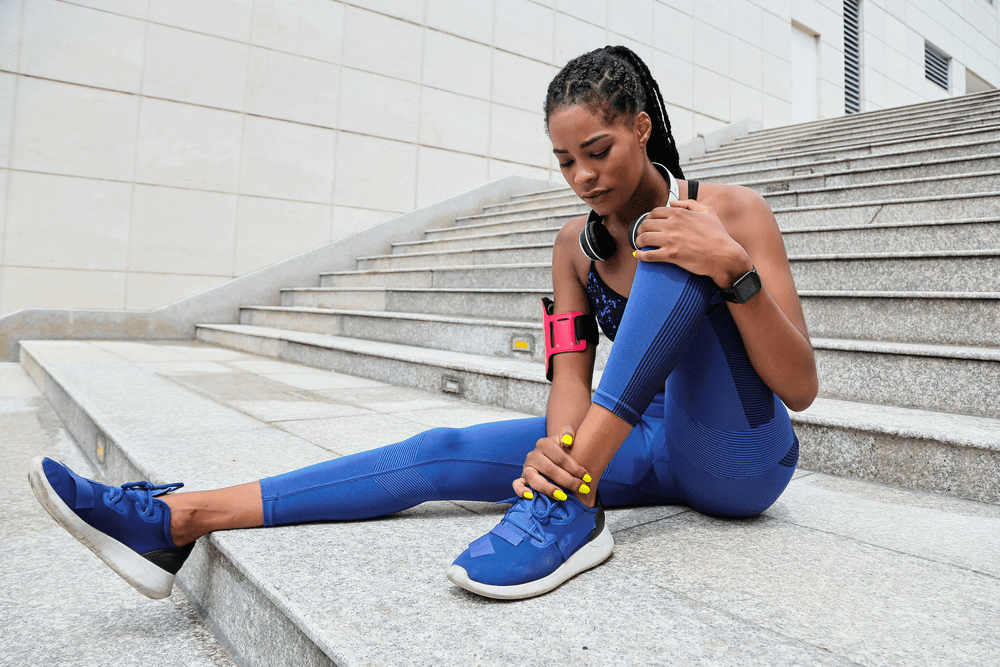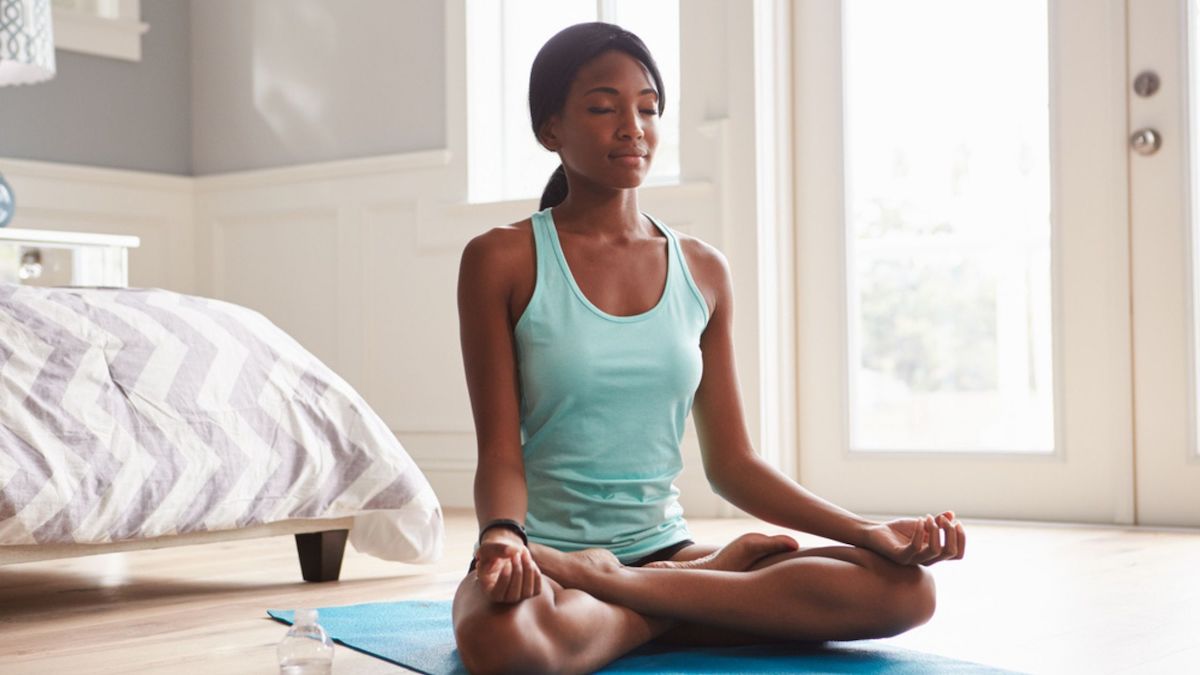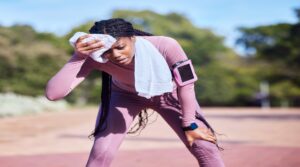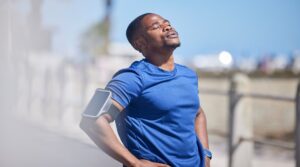Born in ancient India, Yoga focuses on balancing mind, body, and spirit through breath, meditation, and postures. On the other hand, Pilates, a brainchild of the 20th century by Joseph Pilates, uses a Western approach to enhance alignment, core strength, and mindful movement.
While they share common threads of breath and mindfulness, each offers unique benefits. In this post, we’ll dive into the essence of Yoga and Pilates, their histories, distinct features, and their potential impacts on your wellness journey. Whether you’re a beginner or an experienced practitioner, join us as we unfold the richness of these practices. Let’s get started!
Yoga: Mind-Body Connection and Spiritual Practice
Yoga is more than a physical workout. It’s one of the numerous types of exercise that nourishes the mind, body, and spirit. At its core, the philosophy of yoga is about creating balance in the body through developing both strength and flexibility, which ultimately creates a healthy, vigorous, and symmetrical body for overall well-being.
Importance of Breath Control (Pranayama)
Pranayama, or breath control, is a crucial element of yoga practice. It is considered the life force or energy that flows through the body. By focusing on breath during yoga practice, you can bring awareness to the present, calm the mind, and develop a deeper connection with your physical body.
Different Styles of Yoga
Yoga has many styles, each offering a unique approach and focus. Here are a few:
- Hatha Yoga: A traditional style that combines asanas with pranayama. It’s often slow-paced and a great starting point for beginners.
- Vinyasa Yoga: Known for its fluid, movement-intensive practices. Asanas are synchronized with the breath, creating a dynamic flow.
- Ashtanga Yoga: A rigorous and structured style that follows a specific sequence of postures. It’s intense and physically challenging.
- Bikram Yoga: Conducted in a heated room, this style consists of a specific sequence of 26 poses and two breathing exercises.
- Yin Yoga: A slow-paced style where poses are held for longer periods of time. It’s designed to stretch deep tissues and promote relaxation.
Benefits of Yoga
Yoga offers a multitude of benefits:
- Increased flexibility and strength: Regular practice of yoga postures can significantly improve flexibility and build body strength.
- Improved posture and alignment: Yoga encourages body awareness, which can lead to improved posture and spinal alignment.
- Stress reduction and relaxation: The mindful breathing and movements of yoga can help to lower stress levels, promoting a sense of calm and relaxation.
- Mindfulness and mental well-being: Yoga cultivates mindfulness, encouraging you to stay present and focused, which can contribute to overall mental well-being.
Pilates: Core Strength and Body Awareness
Just as yoga offers a connection between mind and body, Pilates also promotes an integrated fitness approach, focusing on core strength, body awareness, and overall physical conditioning.
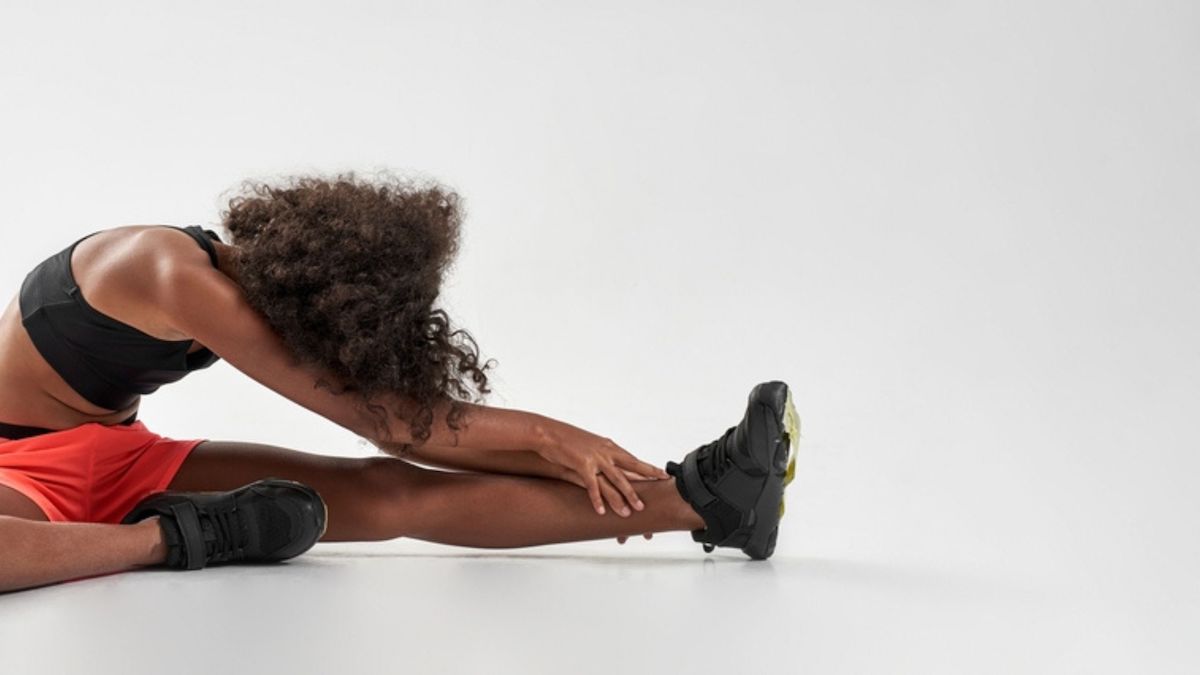
Principles of Pilates
Pilates is underpinned by six guiding principles intended to condition the body and mind:
- Breath control: Just like in yoga, breath is seen as a crucial life force in Pilates. Proper breathing helps oxygenate the blood and promotes mental focus.
- Concentration: Pilates requires focused attention on every movement to ensure it is performed correctly and safely.
- Centering: Every Pilates exercise begins from the core or ‘powerhouse’ of the body, which includes the abdomen, lower back, hips, and buttocks.
- Control: Pilates exercises are performed with complete muscular control. No body part is left to its own devices.
- Precision: The focus is on quality, not quantity. Each movement must be performed precisely to achieve the exercise’s purpose.
- Flow: Pilates aims for an elegant economy of movement, creating a flow through the use of appropriate transitions.
Pilates Equipment and Props
Pilates can be done on a mat, using the body’s own weight for resistance, or on special equipment like the Reformer, a sliding platform with spring resistance. Other props include the Pilates Cadillac, Wunda Chair, barrels, and small handheld tools like the Magic Circle.
Benefits of Pilates
The benefits of Pilates extend beyond the physical, fostering a deep sense of mind-body connection:
- Core strength and stability: Pilates is well-known for building core strength, improving stability and overall body strength.
- Improved posture and body awareness: Regular Pilates practice can lead to improved posture and increased body awareness.
- Increased flexibility and muscle tone: Pilates exercises promote long, lean muscles and increased flexibility.
- Rehabilitation and injury prevention: Pilates can be beneficial in injury rehabilitation, improving joint mobility and building strength.
- Mind-body connection and stress reduction: Pilates’ mindful aspect can help reduce stress and promote a sense of calm.
Yoga and Pilates: Similarities and Differences
A. Focus on Mind-Body Connection
Both Yoga and Pilates emphasize a strong mind-body connection. They encourage practitioners to bring awareness to their movements, cultivating a sense of mindfulness. In Yoga, this is often tied to spiritual practice, while in Pilates, it’s more about understanding how your body moves and performs.
B. Core Strength and Stability
Both practices focus on building core strength, but they approach it in different ways. In Pilates, almost every exercise engages the core muscles, fostering stability and control. In Yoga, the core is also engaged during postures, but strength and stability are cultivated throughout the entire body.
C. Breath Control and Relaxation
Breathing techniques are integral to both Yoga and Pilates. In Yoga, breath control, or pranayama, is practised to calm the mind, manage energy, and enhance the effect of the postures. In Pilates, breath is synchronized with movement to enhance exercise efficiency and promote better muscle oxygen flow.
D. Flexibility and Muscle Tone
Both Yoga and Pilates can increase flexibility and muscle tone. Yoga uses static stretching, and holding poses to increase flexibility while also building muscle tone. Pilates focuses more on dynamic stretching, working muscles in a lengthened position, which also contributes to lean muscle tone.
E. Differences in Approach and Philosophy
Despite these similarities, Yoga and Pilates have distinct philosophical and practical approaches. Yoga is rooted in ancient spiritual traditions, aiming for a balance of mind, body, and spirit, and includes elements like meditation and ethical guidelines. Pilates, while also mindful, is more focused on physical conditioning, muscle balance, and enhancing the body’s efficiency in movement.
Yoga and Pilates Poses/Exercises
A. Yoga Poses (Asanas)
- Downward Dog (Adho Mukha Svanasana): A foundational pose in many yoga styles, Downward Dog stretches and strengthens the entire body. You push your hips up and back from a plank position, creating an upside-down “V” shape with your body.
- Tree Pose (Vrksasana): This balancing pose encourages focus and stability. Standing on one foot, you place the other foot on the inner thigh or calf of the standing leg (but not on the knee), with your hands in prayer position or extended overhead.
- Warrior II (Virabhadrasana II): This pose promotes strength and stability. From a standing position, one-foot steps back, turning the foot outward while the front foot points forward. The arms extend in line with the legs, and you bend the front knee, gazing forward over the front hand.
- Child’s Pose (Balasana): A restful pose that stretches the lower back and hips. From kneeling, you sit back on your heels, fold your torso over your thighs, and extend your arms in front of you or alongside your body.
B. Pilates Exercises
- The Hundred: A classic Pilates exercise designed to strengthen the core. Lying on your back, legs lifted and bent at 90 degrees, you lift your head and shoulders off the mat and pump your arms up and down while breathing in and out.
- Pilates Roll-Up: This exercise enhances spinal articulation and strengthens the abdominals. Starting from a lying position with arms overhead, you engage your core to slowly roll up to a seated position, reaching towards your toes, then roll back down one vertebra at a time.
- Plank: An excellent exercise for building core strength. With hands under your shoulders and legs extended straight behind you, your body forms a straight line from head to heels.
- Bridging: Great for strengthening the glutes and hamstrings. Lying on your back with knees bent and feet on the floor, you lift your hips to create a line from knees to shoulders, then lower down.
Incorporating Yoga and Pilates into Daily Life
Once you’ve decided to embark on a Yoga or Pilates journey, here are some tips for incorporating these practices into your daily life:
A. Establish a Regular Practice Routine
Consistency is key. Establish a routine that works for you, whether it’s a few minutes every morning or a full hour every other day.
B. Find Suitable Classes or Online Resources
There’s a wealth of resources available, both in-person and online. Try different instructors and teaching styles until you find what resonates with you.
C. Create a Dedicated Space for Practice
Having a space set aside for your practice can help reinforce your routine. It doesn’t need to be large or elaborate – just a quiet, comfortable spot where you can focus.
D. Mindful Movement and Integration in Daily Activities
Remember, the principles of both yoga and Pilates – mindfulness, breath control, core engagement – can be applied to your everyday activities. This can deepen your practice and its impact on your life.
The Importance of Hydration in Yoga and Pilates
Hydration is crucial during physical activities like Yoga and Pilates. These exercises can cause sweating, leading to the body’s loss of water and essential ions (electrolytes). These electrolytes are vital for various bodily functions, including muscle contractions and nerve signaling.
Drinking water is necessary but only replaces the lost water, not the ions. That’s why consuming an ion supply drink like Pocari Sweat can be beneficial. It helps replenish the water and electrolytes lost during exercise, aiding in quicker recovery and maintaining optimal body function. Stay hydrated before, during, and after your practice for peak performance and recovery.
Conclusion
Whether you’re drawn towards the spiritual traditions of Yoga or the focused strength-building of Pilates, both practices offer a wealth of benefits. They teach us mindfulness, strength, flexibility, and the profound connection between mind and body.
Embrace the journey of exploration as you discover what resonates with you. You may find that incorporating elements of both practices into your routine provides the balance you’re seeking. Remember, your wellness journey is personal and unique.



